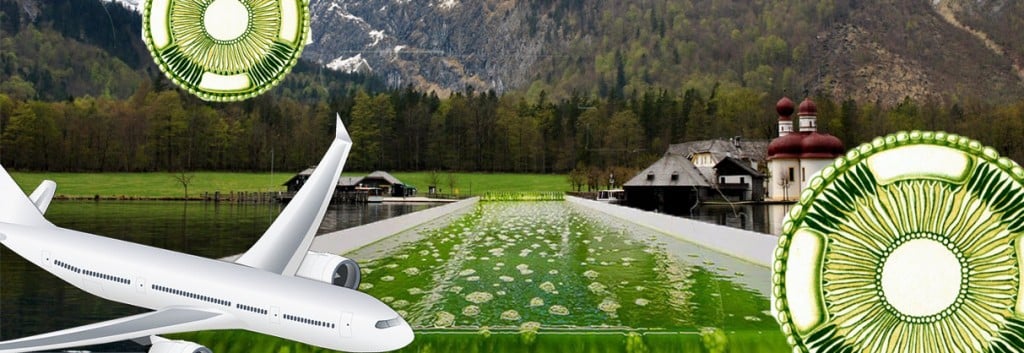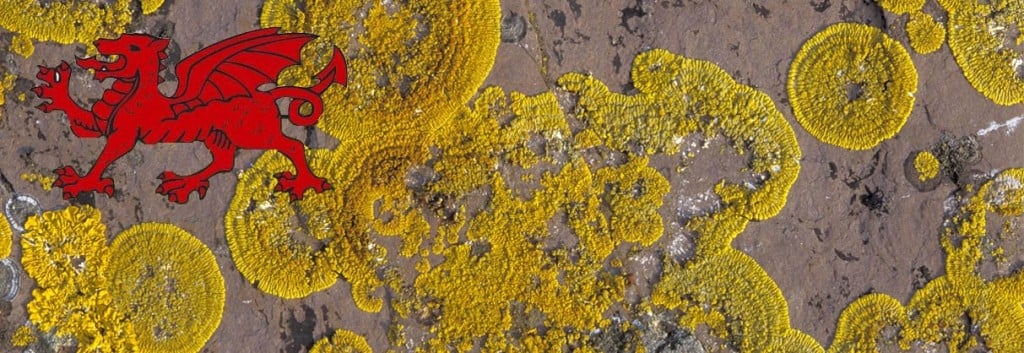Biofuels, bioplastics, Moss-based drugs and algae for food. All of these are pioneering areas of GreenTech progress this year. So what are the major developments in this forward-thinking field?
1. 100% Biodegradable Potato Plastics
The Italian company Bio-On from Bologna is specialized in the production of environmentally sustainable materials, including Minverv PHAs. These are ‘green’ biopolymers with the same thermo-mechanical properties of the substances that make up the traditional plastics, but are instead 100% biodegradable.
Natural elimination of a biopolymers in water in just a few days is a rarely achieved and is an exceedingly tough challenge for Bioplastic researchers. Other bio-plastics manufacturers looking change the GreenTech Polymer industry include Carbios from France, who recently opened a new factory in the Auvergne region, and Avantium from the Netherlands

2. Biofuels: Algae for Aerospace, Bacteria for Biodiesel
The University of Munich (TU München) has built a unique global-climate simulating algal plant on the Ludwig Bölkow Campus in Ottobrunn (Bavaria). TU München and Airbus are particularly interested in the production of bio-kerosene for aviation fuel from Algae grown in salt-water closed loop systems.
And synthesizing propane from Bacteria is another avenue being explored by Imperial College London and University of Turku (Finland), which are continuing to develop an alternative fuel source with E. coli to help stop environmental damage caused by Fracking.
There is also the re-purposing of tobacco plants using Deinococcus, which is being used by the French giant Deinove to make biofuels from organic waste materials with the US Tyton.

3. Bacteria Lighting up your Streets
What if we could use less electricity to light today’s civilizations? Glowee is a French start-up willing to take on this challenge by using genetically modified bacteria to produce light. Labiotech had the chance to talk with the company’s CEO Sandra Rey on their Urban-focused Bioluminescent tech.
The University of Sevilla (Spain) has also patented a method for culturing the bacteria Vibrio fischeri and the algae Pyrocystus fusiformis in order to drive bioluminescent devices that emit light without electricity consumption.

4. An Alternative Water Source…
Aquanos has the solution to expensive and energy intensive waste-water treatment. This Israeli Biotech start-up has revamped the pre-existing Microalgae technique for sewage remediation to be far more efficient, and is well ahead of Cambridge researchers looking to do the same.
It also generates biomass products and is being trialed on a Northern Israeli kibbutz, with projections for use in the developing world.
Their two-step bioreactor system (dubbed ‘The Gemini’) dramatically cleans out organic waste from industry effluence by 70-80% with one run, and up to 95% on the second run – amazing!

5. Returning Medicine to Nature: Growing drugs in Moss
A Heilbronn (Germany) based biotech Greenovation has managed to grow a protein which could be used as an enzyme replacement therapy for patients who suffer from Fabry disease, a rare genetic lysosomal storage disorder.
Moss-aGal is a recombinant form of human alpha galactosidase. Greenovation has used its proprietary BryoTechnology to express the moss-aGal protein in Physcomitrella patens, which attaches mannose molecules to the surface of the moss aGal protein.

6. Saving the Oceans: Algae in Sweden is Vegan and GMO-Free
By running an innovative microalgae farm in Hammenhög (Sweden), Simris Alg produces a vegan and GMO-free Omega-3 fatty acid alternative to oily fish derivatives for industry. This Swedish start-up is winning all kinds of awards for their almost too-good-to-be-true approach to dietary Omega-3 oils.
Microalgae have already been established as incredibly valuable to the biotech industry, in part due to their ancient genetic diversity and resilience, providing a bio-platform for production of food supplements, and cosmetically in textile dye production for design (Algaemy from Berlin).

There is even an ‘Algae Building’ in Hamburg (Germany), which is entirely sustained by an Algae bioreactor system (developed by Colt International) which encases the building for biomass, insulation from noise, cold and generates a natural source of heating.
7. Self-Healing Bacterial Buildings
The University of Cardiff (Wales) leads a team with the University of Bath (SW England) and the University of Cambridge in the first ever UK trial of a living, self-healing concrete prototype.
Overtime, bacterial microcapsules embedded in the walls secrete Calcium carbonate (CaCO2 – much like reef forming corals) when released, which hardens, supports and seals fissures.
Since it is estimated that around €56Bn a year is spent on building repair and structural maintenance in the UK alone (and $2.2 trillion in the US), this self-healing organic concrete could change the future of building materials.

So it’s been a pretty awesome year for GreenTech, a branch of Biotech where it shows creativity is invaluable in the conception of some of these truly fantastic ideas.





